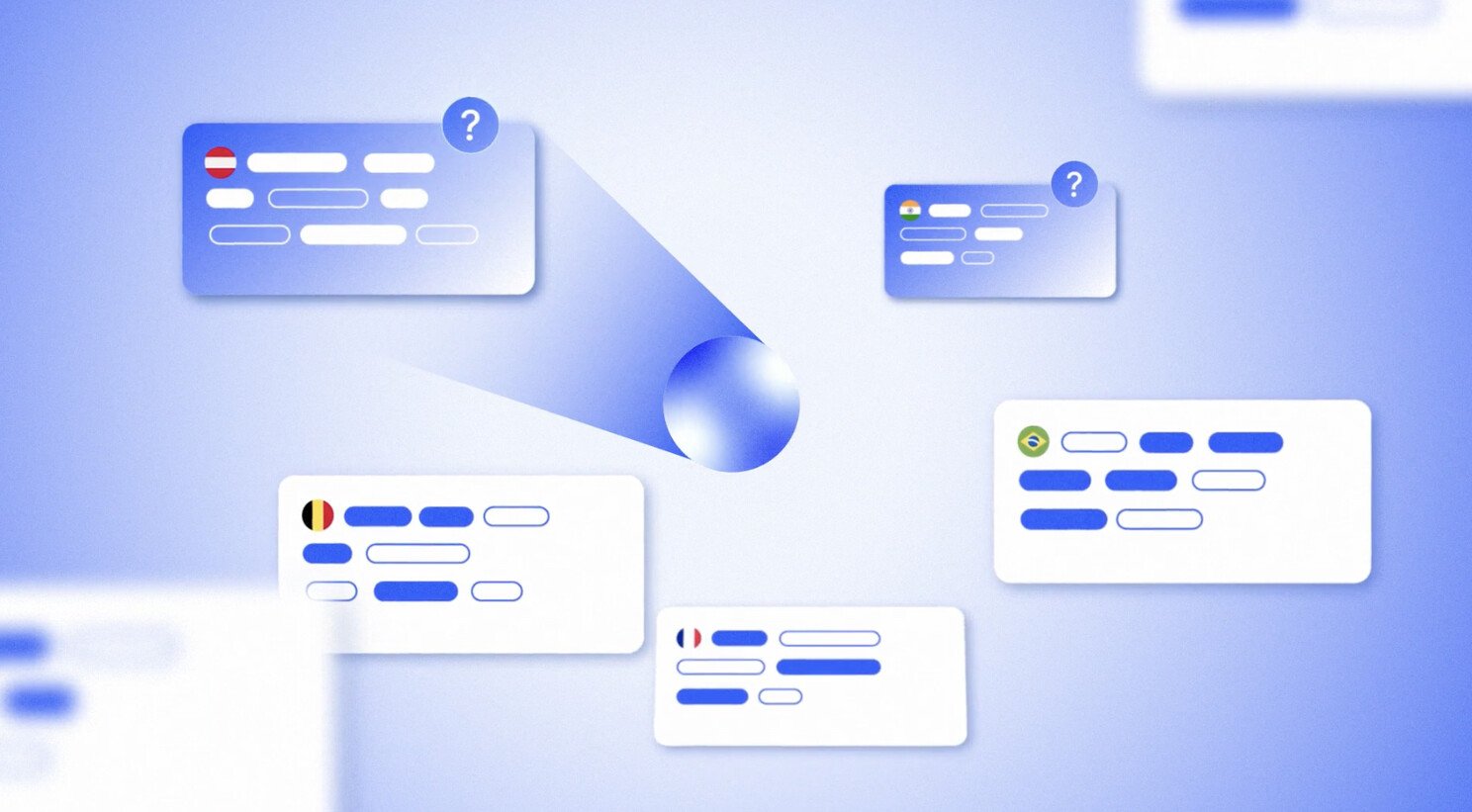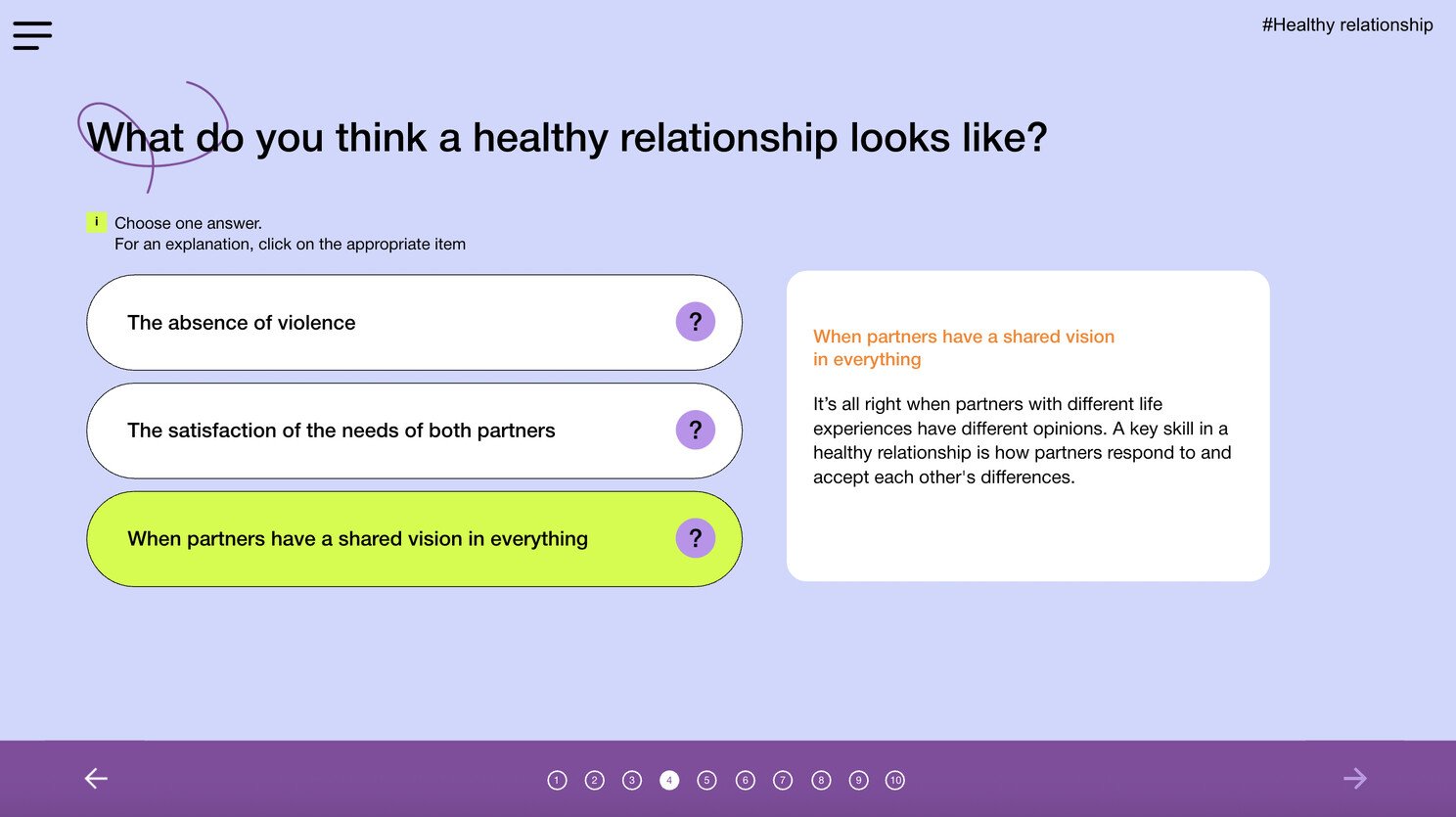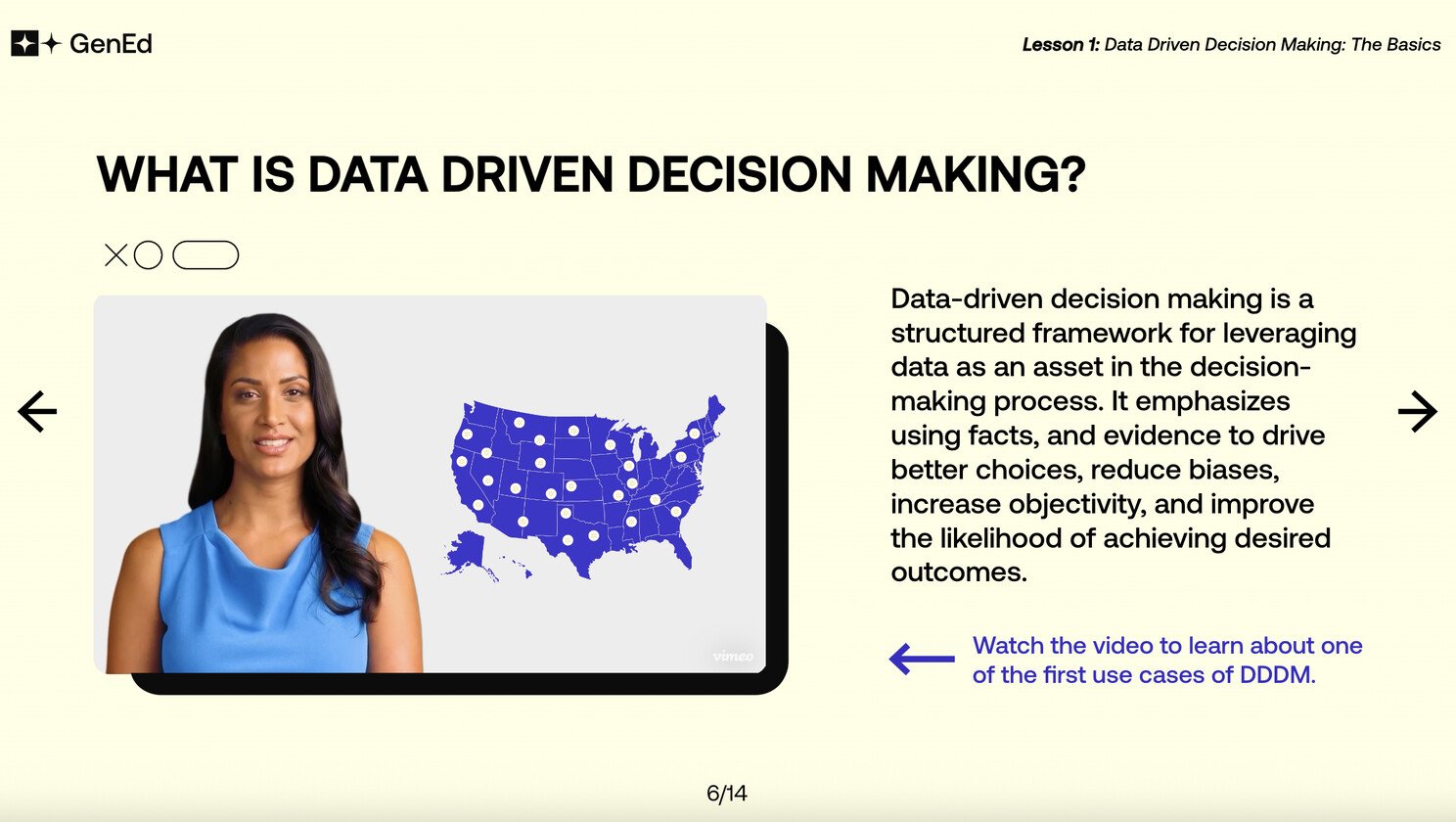Complete checklist for online course development: everything you need to know
Creating an engaging, effective, and well-designed online course can be overwhelming even for professional leaders. They need to keep an eye on multiple aspects: learning objectives, scaling training, measuring ROI, and more. Each element affects the others, and missing any stage can undermine the entire training program. Organizations often underestimate this complexity, leading to courses that look professional but fail to fulfill business goals.
To help you avoid this and other common mistakes, Blue Carrot prepared a clear roadmap for developing online courses that deliver results. It covers every step from planning to launching and beyond. However, even the best plan requires clarity on who is responsible for each step, which is where strong partnerships and expert vendors come in.
✅Strategic groundwork: aligning learning with business priorities
Most training programs fail because they start with content instead of strategy. To avoid this risk, start from the clear learning outcomes—what specific skills will learners gain, and how will these capabilities impact business performance? Identify precise competencies, current skill gaps, and the common problems your target audience encounters.
Next, map these learning objectives directly to measurable KPIs that matter to leadership: productivity improvements, error reduction rates, or customer satisfaction scores.
- This alignment transforms your course from a training expense into a strategic investment and provides the foundation for securing stakeholder buy-in.
With clear objectives and stakeholder support secured, develop a focused course structure with content broken into modules and lessons under 15 minutes. Finally, establish clear ownership by assigning an internal L&D lead while identifying which specialized tasks require external partners.
✅Content development: building knowledge
Quality content doesn't happen by accident; it emerges from the right combination of subject matter expertise and proven instructional design methodology. While SME contributions provide essential accuracy and professional context, reshaping this expertise into engaging learning experiences requires specialized skills that often extend beyond traditional L&D resources.

This process begins with building content around the core values of inclusivity, accessibility, and scalability. Make sure that your course covers different learning styles, cultural contexts, and technical environments. The best fit for it is a modular structure that allows for seamless content updates and adaptation for different markets.
Achieving these standards requires a cross-functional team that combines subject matter experts with instructional designers, multimedia specialists, and technical experts. It prevents common issues like overwhelming learners with information or creating confusing tasks. The investment in diverse expertise delivers measurable returns through higher completion rates and stronger performance outcomes.
✅Experience design: multimedia and learner engagement
Modern learners expect engaging digital experiences, which makes visual storytelling and interactivity essential for effective training. To satisfy your audience, incorporate real-world scenarios, branching narratives, and multimedia elements that require active participation instead of passive consumption. This approach dramatically improves knowledge retention and practical application.

Optimal design requires strategic multimedia production choices. Based on your budget and timeline, select from live recordings, animation, or AI-generated videos. You can also ensure accessibility standards with closed captions, transcripts, and alt text. Maintaining a consistent aesthetic through unified color schemes and visual quality will enhance the overall impression.

With many elements to consider, achieving excellence demands creative, technical, and pedagogical expertise, often beyond in-house L&D resources. External partners bring this multidisciplinary expertise, ensuring courses deliver measurable performance improvements rather than just attractive visuals.
✅Technology enablement: platforms, data, and scalability
Technology choices determine your ability to prove training ROI and deliver content effectively. Your platform becomes the foundation for everything else, as it must handle:
- content delivery,
- user navigation,
- payment processing (if applicable)
- comprehensive analytics.
Seamless integration with your existing technology stack is another must-have since it enables you to measure engagement, completion rates, and performance improvements.
Beyond basic functionality, ensure compliance with SCORM and xAPI standards, which provide the technical backbone for accurate ROI tracking and data portability. Test functionality across multiple devices and browsers before launch to verify integrations work properly and navigation remains intuitive.
✅Quality assurance: safeguarding standards before rollout
Quality assurance prevents costly post-launch issues that can undermine learner confidence and program credibility. It begins with comprehensive technical testing across all target platforms, devices, and browsers to ensure consistent functionality.

Beyond technical functionality, systematic review processes must validate alignment between content and intended learning outcomes. This includes verifying that assessments accurately measure competency development and that practical exercises translate to real-world application. Even basic elements like spelling and grammar require attention, as errors damage credibility.
The final validation involves meeting accessibility standards (WCAG) and piloting with representative test groups. This feedback refines content flow, corrects factual errors, and clarifies unclear sections before deployment.
✅Continuous improvement: scaling and sustaining value
Course launch is just the beginning; real value comes from continuous optimization. Position your courses as living assets that evolve with organizational needs rather than static content. To this, start by tracking performance using completion rates, engagement levels, and learner feedback to identify enhancement opportunities. Then, create feedback loops through surveys and direct learner engagement that reveal emerging training needs.
To enhance learners' experiences and reduce administrative overhead, explore AI-powered personalization, automated content updates, and intelligent performance analytics. Remember that AI technologies significantly speed up content refinement processes, but sustaining real impact requires strategic oversight and human insight.

It also means that continuous innovation demands expertise that often exceeds internal capacity. Strategic partnerships ensure access to cutting-edge instructional design techniques and industry best practices, keeping your programs competitive and preventing stagnation.
Want to get more e-learning insights? Have a look at our article.
